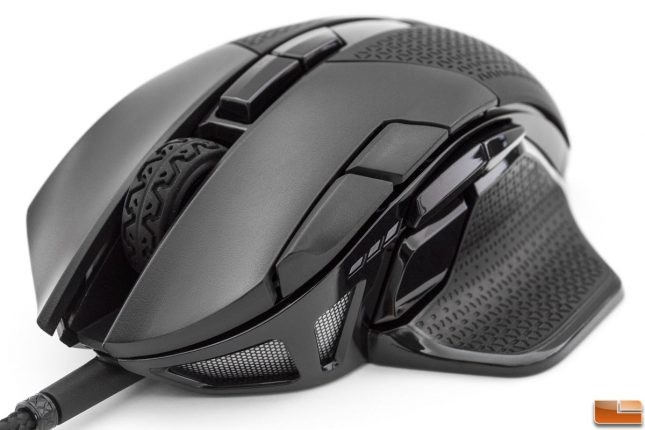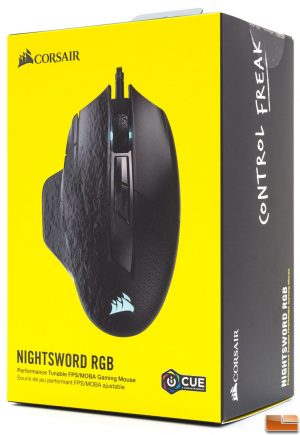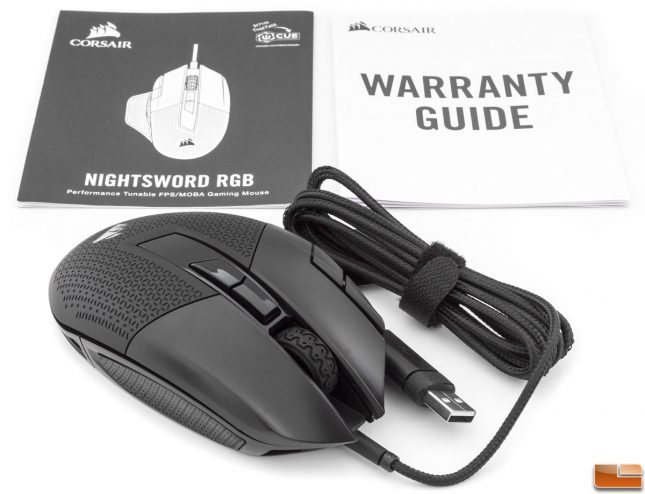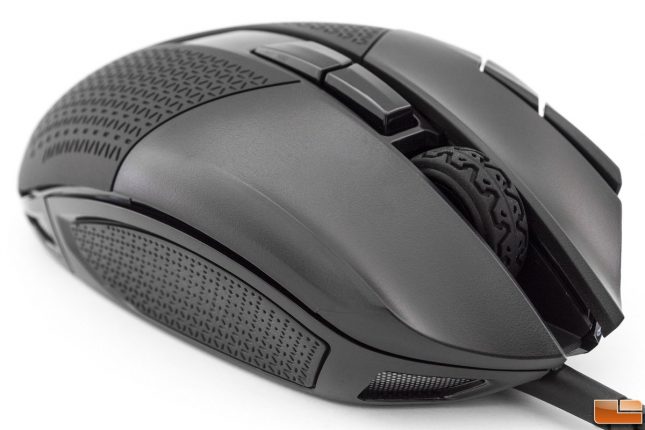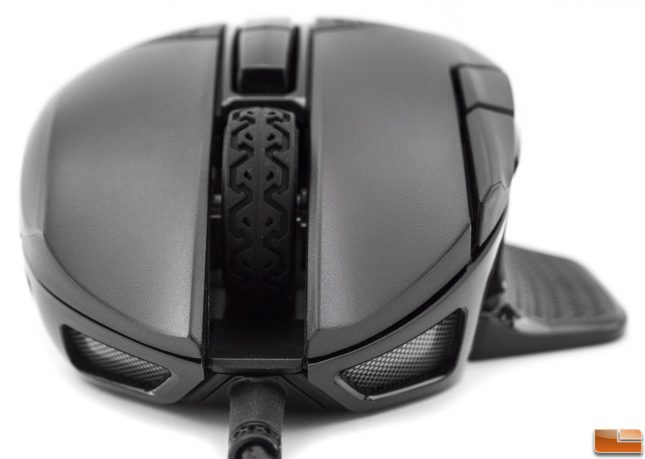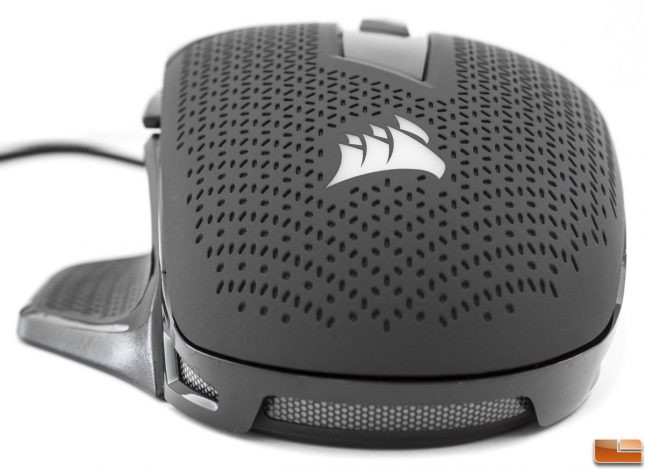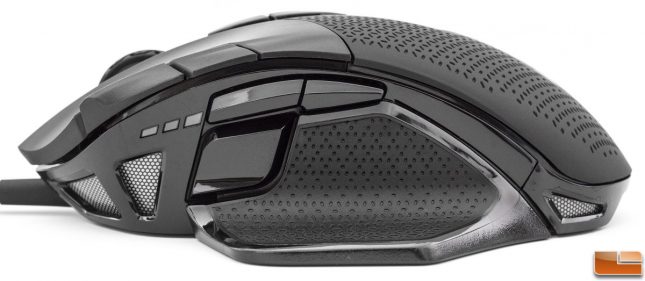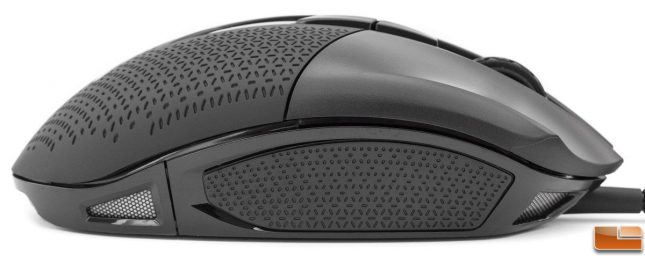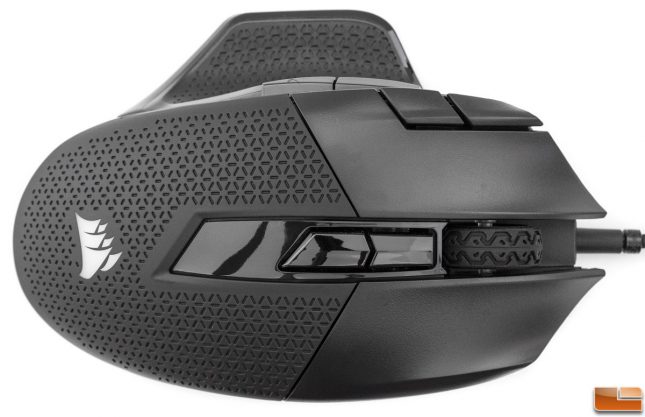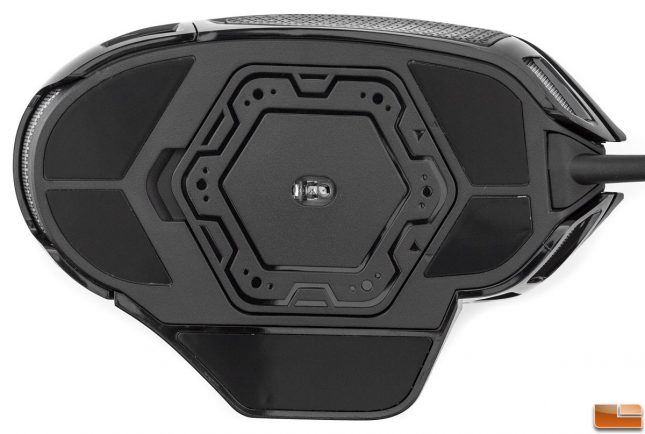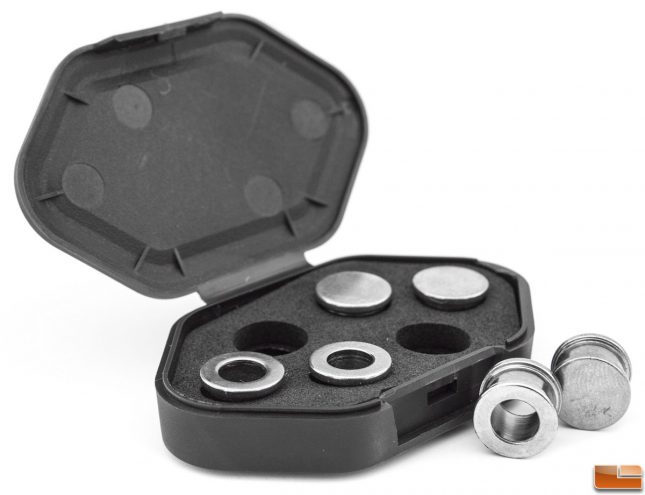Corsair Nightsword RGB Gaming Mouse Review
Corsair Nightsword RGB Gaming Mouse Review
Along with the Corsair M55 RGB Pro gaming mouse, Corsair has released their Nightsword RGB PerformanceTunable optical gaming mouse to compete with some of the high-end gaming mice in the market. It has the 18,000 DPI PMW3391 optical sensor, four zone RGB illumination, a comfortable contoured body design, and an adjustable weight system. The weight system is sophisticated as the mouse can calibrate its weight using a real-time center of gravity detection system. With that said, the Nightsword RGB has an initial weight of 119 grams, and a total of 141 grams with all the weights installed. Priced at $79.99 shipped on Amazon, we will test the performance and functionality of the Nightsword RGB to see how well it does.
| Corsair Nightsword RGB Mouse Specifications | |
| Mouse Warranty | Two years |
| Prog Buttons | 8 |
| DPI | 18,000 DPI |
| Sensor | PMW3391 |
| Sensor Type | Optical |
| Mouse Backlighting | 4 Zone RGB |
| On Board Memory | Yes |
| On-board Memory Profiles | 3 |
| Mouse button Type | Omron |
| Connectivity | Wired |
| Mouse Button Durability | 50M L/R Click |
| Grip Type | Palm |
| Weight Tuning | Yes |
| Weight | 119g (w/out cable and accessories) |
| CUE Software | Supported in iCUE |
| Cable | 1.8m Braided Fiber |
| Game Type | FPS, MOBA |
| Report Rate | Selectable 1000Hz/500Hz/250Hz/125Hz |
The box for the Nightsword RGB looks very simple with the standard Corsair yellow and black color theme. On the front, there is an illustration of the product with the product features and specifications listed around the box.
In terms of accessories, we get a quick start guide, a warranty guide booklet, and the mouse itself. We will take a look at the weights in just a moment. Like many modern gaming peripherals, the cable on the Nightsword RGB has a Velcro strap for cable management.
The body of the Nightsword RGB is made from both plastic and rubber materials. The two main buttons are plastic, while the rear palm rest area has a rubberized coating to it. Both side grips have rubber on them, which is good for gripping the mouse. The body shape is also aggressive with the many curves with the pointy left and right buttons.
At the front of the Nightsword RGB, we can see the large rubberized scroll wheel along with the extended thumb rest. On both sides, there are also two LEDs towards the bottom front of the mouse.
Here we can get a better view of the rubberized palm rest. The rubber material here is not as sticky as the one on the sides since this is only a palm rest. Down at the bottom of the mouse, we can see some more LED lights with the thumb rest towards the left.
On the left side of the Nightsword RGB, there are two buttons for forward and backwards along with two additional buttons on the main left click button. There is also a large sniper button, which is present on the M65 series mice from Corsair. The two buttons on the main left click button serve as DPI up and DPI down by default. Just left of the forward side button are three small LED lights. These are the DPI indicator lights, which tells us which DPI setting the mouse is currently on.
There is not much happening on the other side of the mouse. There are just a few LEDs at the front and rear of the mouse, and the rubberized grip on the side.
At the top of the Nightsword RGB, we see two more buttons in the glossy area. By default, these buttons are for profile switching, but the iCUE software can reassign these buttons to different functions.
On the bottom, there are four glide pads on the main body and one more on the thumb rest to provide smooth and even tracking. The PMW3391 optical sensor is placed directly in the center of the mouse. This ensures the best possible tracking performance and allow the weights to rest around the sensor for better weight distribution.
As for the weights, they come in a nice little compartment separated from the mouse. Inside, we find two sets of weights. On my scale, the ones with the holes weight about 2.8 grams, while the ones without the holes weight about 4.5 grams. With all the weights installed in the Nightsword RGB, the weight goes from 120 grams (with a little bit of cable) to 142 grams.
Lets take a look at the Corsair iCUE software in the next section.

